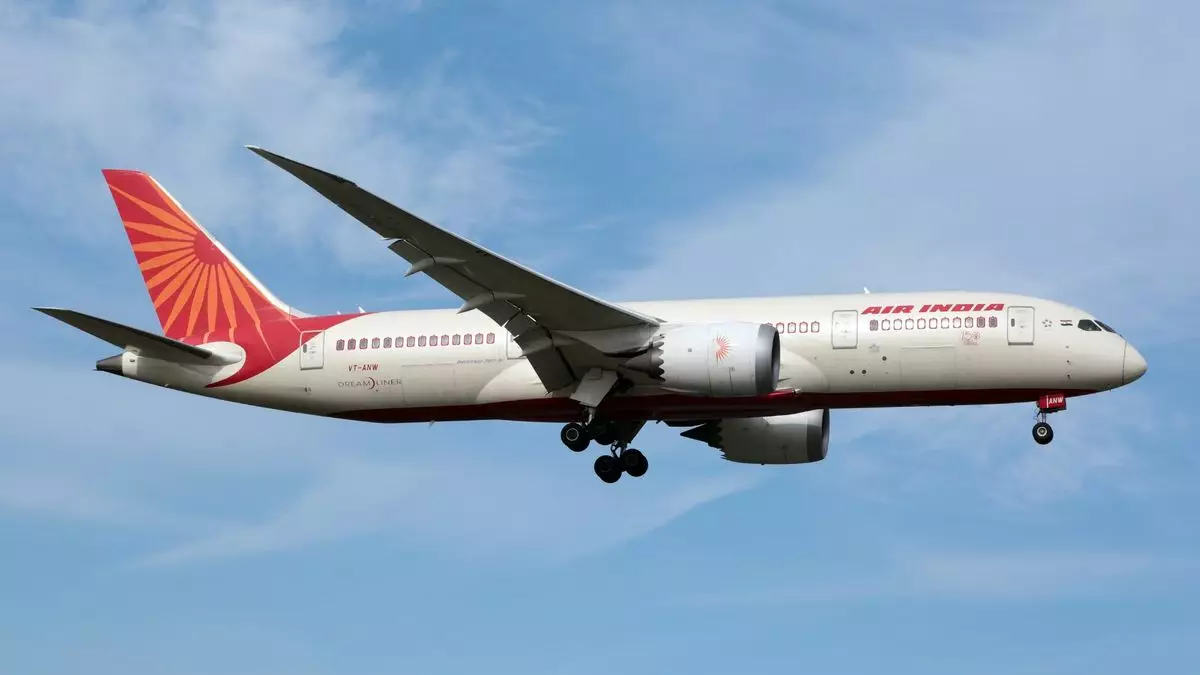Air India, once a shadow of its former self, is on a path to transformation that is both audacious and fraught with challenges. As Campbell Wilson, the CEO, confidently declared at the IATA Annual General Meeting, the potential for growth in the Indian aviation sector is vast, and the airline is determined to capitalize on it. Since its acquisition by Tata Group, Air India has shifted gears dramatically, ordering a staggering 570 aircraft and lifting its international presence significantly. The merger with Vistara and AirAsia India illustrates a strategic push to create a robust service-oriented airline.
However, this grand ambition was suddenly marred by a tragedy — the crash of Flight 171. Just days prior to this catastrophic event, the airline was lauded for its transformative efforts. The stark contrast illustrates the fragility inherent in the aviation industry, where external circumstances can drastically alter the trajectory of corporate ambitions.
Navigating Unforeseen Challenges
The timing of the Flight 171 incident couldn’t have been worse. Air India was attempting to shed its troubled past and embrace a more competitive future. The crash exposed some critical vulnerabilities within the airline and raised alarming questions about its operational readiness. As John Strickland from JLS Consulting noted, no CEO wants to grapple with such daunting challenges while steering a company through an extensive turnaround campaign.
While seeking to innovate and modernize the airline, it must also deflect the attention now focused on a tragic mishap. The journey toward elevating Air India from its legacy of state control has always been seen as a Herculean task, dictated by decades of mismanagement and underinvestment. This crash has punctuated the need for a reassessment of safety protocols and operational integrity — two areas that are vital for any airline aspiring to regain public trust.
The Weight of Historical Inertia
Air India entered this phase of transformation with significant baggage from its decades under government control. Wilson himself pointed out that the airline’s fleet and support infrastructure had languished in neglect, leaving it with obsolete IT systems and outdated cabin interiors. The infusion of fresh capital and personnel signals a vital attempt to rejuvenate an airline at risk of becoming irrelevant.
The merger with Vistara, known for its modern fleet, was a strategic lifeline that added a competitive edge to Air India. Yet despite these concerted efforts, operational statistics reveal a troubling reality. According to OAG data, Air India’s punctuality remains dismal compared to global standards, which undermines customer confidence. Such operational deficiencies reveal that while modernization is critical, it is equally important to ensure the airline is running efficiently and reliably.
Market Dynamics and Future Aspirations
The Indian aviation market is poised for tremendous growth, partly due to its burgeoning economy. As noted by Wilson, the potential for air travel in India could rival that of more developed markets if proper investments are made. Yet the question looms: can Air India keep pace with the growth of Indian consumer demand for air travel while overcoming its current challenges?
Despite being the most populous country in the world, India’s international market is heavily dominated by foreign airlines. The stark statistic that Indian airlines operate just 69 widebody aircraft compared to the entire fleet of Singapore Airlines underscores a critical gap. In order to regain market share, Air India must not only rebuild its operational credibility but also craft a compelling brand narrative that resonates with travelers.
Paving the Road to Safety
The Flight 171 tragedy has served as a wake-up call for Air India, emphasizing the non-negotiable importance of safety in aviation. N. Chandrasekaran, the airline’s chairman, has called for a renewed focus on safety protocols in the aftermath of this tragic event. Investigators will likely take weeks or months to ascertain the root causes, and the outcome could heavily influence Air India’s reputation.
Whether the crash was a consequence of mechanical failure or an indictment of internal safety measures remains to be seen. Strickland articulated the gravity of the situation; a failure in safety protocols could perpetuate the airline’s already tarnished reputation and stymie the hard-won progress it has made.
While Air India harnesses the economic tailwinds, its path is illuminated not merely by aspiration but also by its commitment to safety and operational excellence. The coming years will undoubtedly shape the narrative of Air India, and how it navigates this turbulent period will define its legacy in the aviation landscape.


Leave a Reply